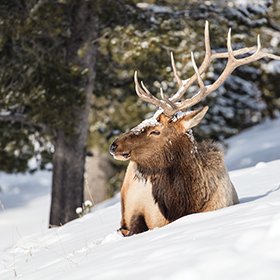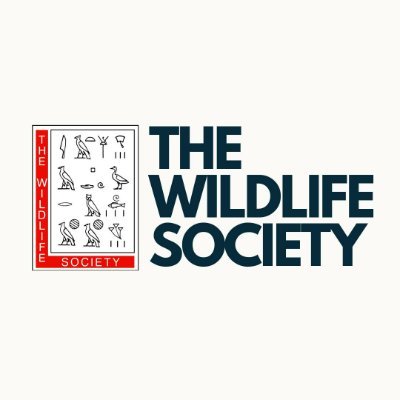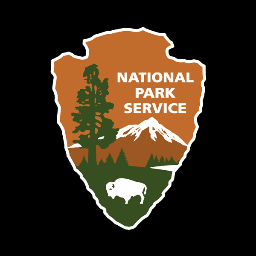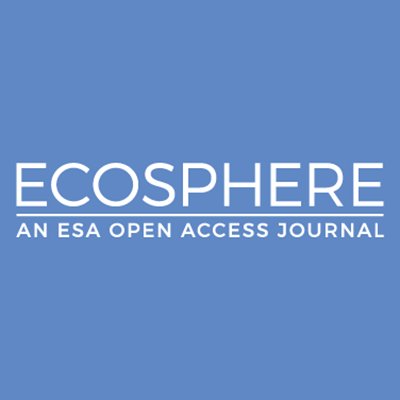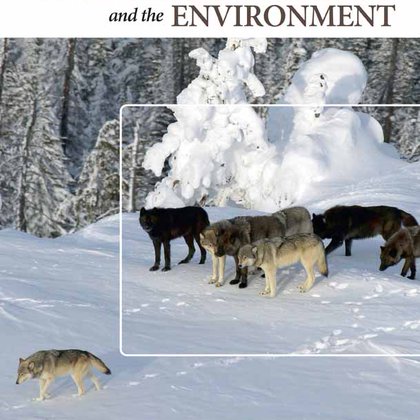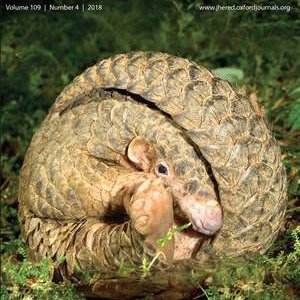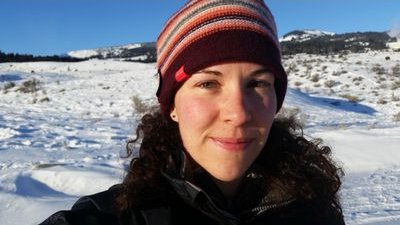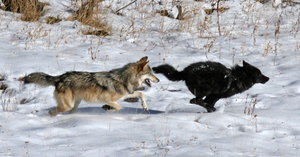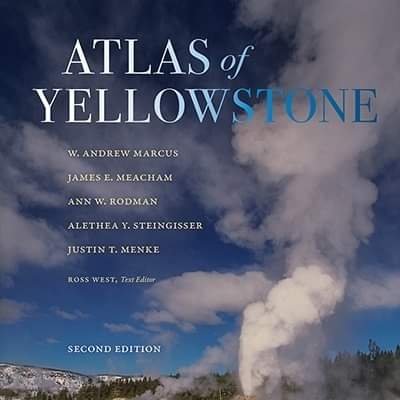
Daniel Stahler
@drstahler
Followers
266
Following
693
Media
3
Statuses
96
wildlife biologist, Yellowstone, project leader for wolves, cougars, and elk
Gardiner, MT
Joined April 2017
In Yellowstone’s predator hierarchy, cougars must navigate competition with wolves & bears. A new study from the team finds prey size influences predation patterns, food theft & shapes coexistence in unexpected ways. Check it out! https://t.co/BKi0XPEXfr
nature.com
Communications Biology - Long-term shift in prey size shapes cougar predation dynamics and reduces interference competition with dominant wolves and bears in northern Yellowstone, promoting...
1
2
17
Want to learn more about one of Yellowstone’s more iconic species? Check out our new book on ELK in the World’s first national park! Free download of our book chronicling a fantastic story of a most magnificent animal!
nps.gov
Elk are the most abundant ungulate in Yellowstone National Park.
2
2
20
The president of The Wildlife Society and 23 past presidents are calling for Wyoming to address wildlife abuse. They wrote a letter to the governor in response to the recent harming and frivolous killing of a wolf in the state.
wildlife.org
Wildlife professional leaders are appalled by recent events involving the abuse and frivolous killing of a gray wolf in western Wyoming
0
33
79
New paper out on genetic structure and effective population sizes of gray wolves across parts of North America. Important implications for wolf conservation by recognizing long term viability of wolf populations relies on more than total census sizes. https://t.co/EvO8pfw3h0
2
25
49
This spring, Yellowstone biologists documented adult wolves from the Mollie’s Pack traveling back to their den with some interesting items. https://t.co/AAMjoqL3c9
30
200
1K
Very happy that our paper is out on ravens' use of anthropogenic subsidies around Yellowstone National Park - based on Cameron Ho's undergrad. thesis, who did an amazing job! with @drstahler @safilabmpi @martinwikelski et al. https://t.co/SupkomRpuo 🧵 (1/6)
2
10
44
From our #MacrosystemsEcology track: How often - and why - do #elk in the Greater Yellowstone Ecosystem switch between migratory & non-migratory behavior? https://t.co/VQE626YVsk
#MovementEcology #Migration #OpenAccess @ESPM_Berkeley @NatlParkService @RMEF @ynpforever
0
7
16
Check out our new paper in @JAppliedEcology. Land use change is increasing, but what thresholds of human development/agriculture lead to wildlife avoidance, and how do these responses vary based on level of selection? https://t.co/Me0QFOScJL
1
26
84
What role does human-caused mortality play on wolf social stability? New research out today used data from 5 National Parks to advance our understanding of transboundary wildlife management issues. https://t.co/XAOzB9qxNj
esajournals.onlinelibrary.wiley.com
Transboundary movement of wildlife results in some of the most complicated and unresolved wildlife management issues across the globe. Depending on the location and managing agency, gray wolf (Canis...
0
26
35
Our friend and colleague Dr. Robert (Bob) K. Wayne lost his battle with pancreatic cancer on Dec 26, 2022. The AGA has established a scholarship in his honor. Please consider a donation to support student success, one of Bob's life passions. https://t.co/xPOc7RQRA4
0
34
118
The first chapter of my dissertation is now published Open Access in @Ecology_Letters! We found that density-dependent habitat selection alters the food-safety tradeoff, with implications for community interactions. https://t.co/9nrUEPff5i
onlinelibrary.wiley.com
Relatively little is known about how density dependence affects variation in population distribution. We found that density-dependent habitat selection changes the relative drivers of elk distribut...
5
24
162
Animal behavior and decision-making are complex processes influenced by many factors: past experience, genetics, current circumstances, group mates or family members, and now we can add the parasite, Toxoplasma gondii, to that list for gray wolves. https://t.co/zKT7MTJsih
nature.com
Communications Biology - Wolf behavioural, spatial, and serological data over 26 years show that wolf territory overlap with areas of high cougar density is a significant predictor of T. gondii...
2
21
63
Why do half of @YellowstoneNPS wolves have black coats? Blame it on a virus similar to the measles, researchers have discovered. @DanMacnulty @SarahCubaynes #YellowstoneWolfProject. https://t.co/8kkHuywB9p
0
6
10
Exciting new work from our team! A serendipitous discovery about the origins of black coat color in wolves has culminated in a fascinating story leveraging data from Yellowstone wolves.
eurekalert.org
• New research shows that black wolves are more likely to survive outbreaks of canine distemper virus (CDV) • Yellowstone Natural Park wolves prefer to mate with those of the opposite colour in areas...
4
24
97
Excited to share a new paper from my postdoc research: protected areas are an important component of wildlife conservation, but private lands are also important for the conservation/management of migratory/wide-ranging wildlife such as elk. https://t.co/83dhXjyexH
1
22
101
Important new article from @LauraCGig et al. explains why the future of migratory elk populations in the Greater Yellowstone Ecosystem depends on the conservation of private lands outside of Yellowstone National Park and other protected areas. https://t.co/VcsyBnL05q
0
5
17
Ch. 14 from Yellowstone Wolves: Science & Discovery in the World's First National Park, courtesy of University of Chicago Press, summarizes what is known about the effects of hunters & large carnivores on the dynamics of the northern Yellowstone elk herd. https://t.co/rg8SIfAFze
1
5
5
#YellowstoneNP carnivores such as #cougars, #bears, and #wolves compete for food resources. This map, using data collected by the Yellowstone Cougar Project, tells the story of Cougar F207 who killed three elk over 7 days due to bears displacing her from her kills. 🐆🐻🐺
1
28
90


